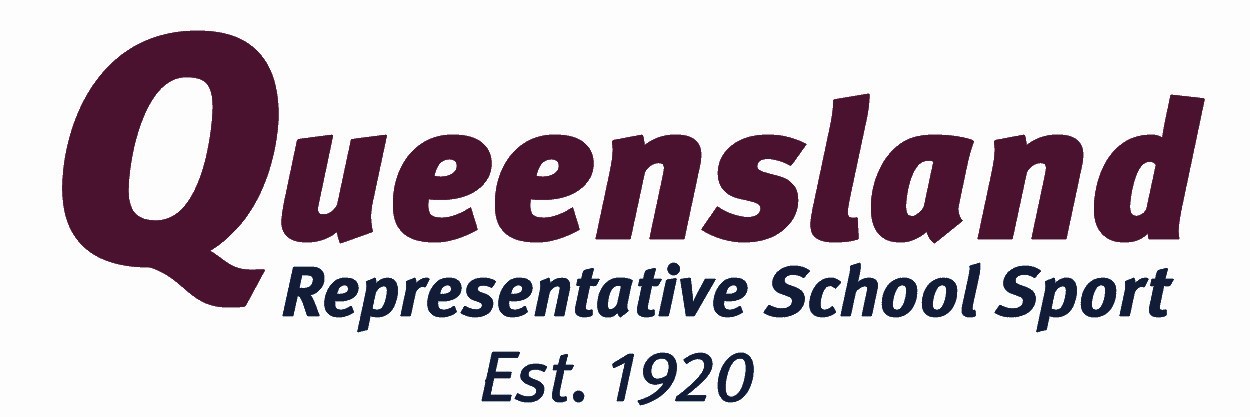Surfing
School Sport Australia Championship
Completed Events
- Victor Harbor SA: 1 - 8 December 2018
- Culburra NSW: 25 November - 2 December 2017
- Phillip Island: 26 November - 3 December 2016
- Nth Stradbroke Island: 28 November - 5 December 2015
- Yallingup: 30 November - 7 December 2014
- Kiama: 30 November - 7 December 2013
- Tasman Peninsula: 1 - 8 December 2012
- Coffs Harbour: 26 November - 3 December 2011
- Phillip Island: 4 November - 4 December 2010
- Sunshine Coast: 29 November - 5 December 2009
- Margaret River: 29 November - 7 December 2008
- Victor Harbour: 1 - 9 December 2007
- Ballina: December 2006
- Tasman Peninsula: December 2005
- Phillip Island: December 2004
- All Australian Teams
- Surfing SSA Service Award Recipients
- Previous School Surfing Champions under 19 Boys Mark Richards Shield
- Previous School Surfing Champions under 16 Boys Mark Richards Shield
- Previous School Surfing Champions under 19 Boys School Champion
- Previous School Surfing Champions under 19 Boys Allstars
- Previous School Surfing Champions under 16 Boys Allstars
- Previous School Surfing Champions under 19 Girls Mark Richards Shield
- Previous School Surfing Champions under 16 Girls Mark Richards Shield
- Previous School Surfing Champions under 19 Girls School Champion
- Previous School Surfing Champions under 19 Girls Allstars
- Previous School Surfing Champions under 16 Girls Allstars
- School Surfing State Teams Trophy (State Teams Event prior to 2002)
Brief History of SSA Australia National Surfing
The first meeting of interested teachers took place at Narrabeen in 1976 and was called by Jim Bradley and Laurie Carroll. It was formed to enable surfing to become part of the official school sport system in New South Wales.
By 1979 the NSW Education Department had relented and allowed a trial program in two schools, Balgowlah Boys High and Warilla High. Jim had identified “safety concerns” as the main stumbling block for growth. To overcome this, the surf water safety qualifications provided by the Surf Life Saving Association were enlisted and teachers and students obtained Surf Bronze Medallion and Advanced Resuscitation certificates as a pre requisite to running a program.
In subsequent years;
In 1980 the Department of Education formally approved schools wishing to run programs as long as all the pre-requisites were met. A dozen or so schools applied and ran programs in Term One of that year. Jim and Laurie then organized the first State Titles held at Werri Beach. From 1980 onwards, Jim pushed to spread the organized school surfing concept around the nation.
By 1983 he had identified enough teachers around the country and the National Surfing Championships were inaugurated in the Kiama region at Werri Beach, NSW. This coincided with the formation of the ASSA. The Australian School Surfing Association included representatives from all surfing states that administered School Surfing in the country.
Both the ASSA and Surfing Australia held separate National Championships for secondary school aged elite surfers with great success from the early 1980’s. In 1994 there was a trial of a ‘back-to-back’ arrangement for the 2 events with some success.
Max Wells of Surfing Victoria and previously School Surfing Victoria had been instrumental in developing a communication link between the two organizations that had allowed a joint titles at a state level.
In 2006 Mark Lane was appointed as the new CEO for Surfing Australia. Mark worked as a school teacher in Western Australia where he also coordinated School Surfing and Surfing WA events for many years.
In 1997 a new event format and sponsorship package was brokered to provide a ‘Joint National Titles’ where the two national championships were combined into one event with different divisions. This format has provided a number of advantages to organizers, families and surfers from both organizations.
In recent times the sport has gained support from both the NSO – Surfing Australia, by holding joint titles and also from School Sport Australia becoming an approved sport. Currently surfing has a strong bond between these 2 organisations.









